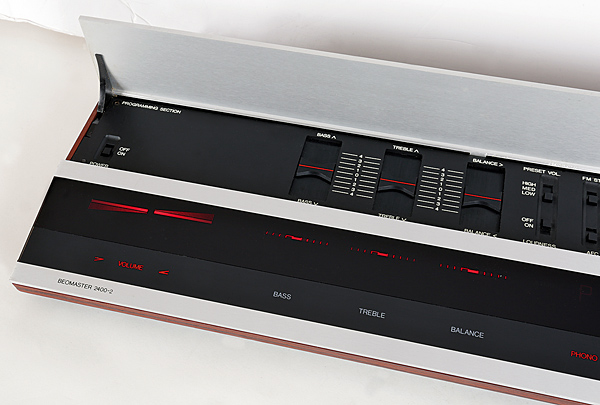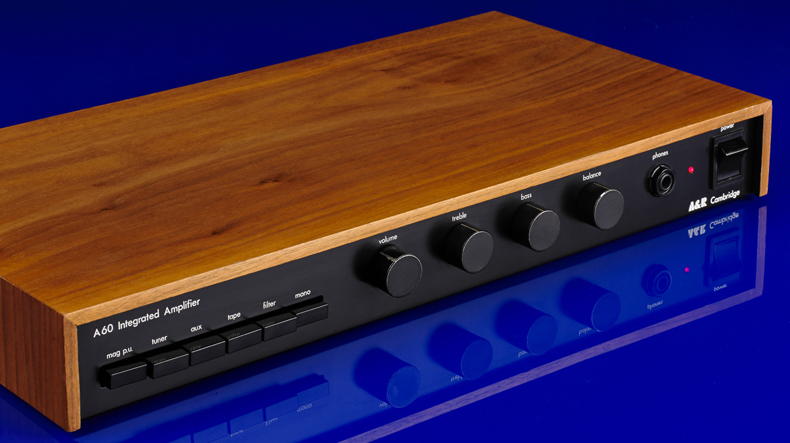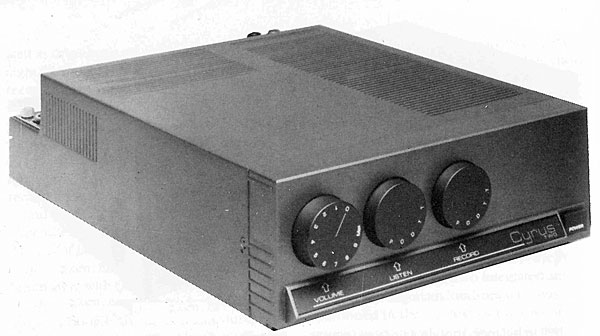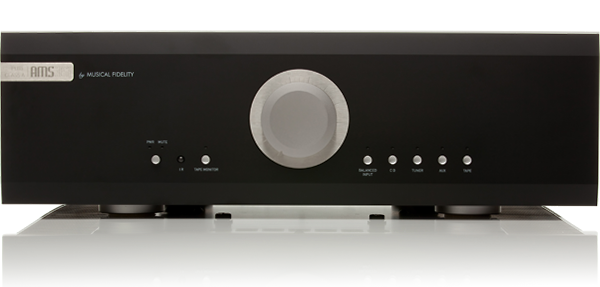Let’s be honest: Bang & Olufsen’s philosophy isn’t ‘sound first, everything else second.’ However, if we’re being honest, it’s difficult to say the same about the majority of so-called “true hi-fi” makers, to whom we serious audiophiles happily grant house room. Can you honestly state that the ordinary Arcam is solely concerned with sound, ignoring all other considerations like as ergonomics and appearance?
There’s also a problem here. Aside from tedious disputes over what constitutes ‘real hi-fi’ and what doesn’t, keep in mind that the 1979 Bang & Olufsen in front of you has fewer features than a standard 1999 Linn or Naim system. Even our so-called “purist” manufacturers – once providers of some of the most stripped-down, minimalist hi-fi ever manufactured – now recognize that audiophiles are real people with real needs listening in real environments. The times are changing, and ‘serious’ separates are becoming more and more aligned with B&O’s ideology, rather than the other way around…
So, how does the Beomaster 2400-2 differ from, say, a TEAC Reference Series micro system? If you prefer fancy looks, just pick up a flashily designed JVC all-in-one for £99. Take a look at this product and you’ll quickly realize how and why it’s unique. In short, the Jacob Jensen design and B&O construction are of exceptional quality. It’s a fantastic piece of packaging and a finely manufactured piece of kit by today’s standards, but it was incredible in 1979.
A row of touch-sensitive controls may be found on the front top part. These are the cornerstone of the B&O philosophy, as they have no moving parts (which are vulnerable to noise and sound degradation). Without having to raise the strongly damped, central aluminium flap that conceals the minor controls, you can easily choose between phono, tape, and (the built-in) tuner sources (the latter offering four presets plus the option of manual tuning). Bass, treble, balance, thumbwheel tuning, master power, AFC, preset volume, mono/stereo, and loudness are among the options.
Space 1999-style light panels for volume, balance, bass, treble, and source choices are built into the black acrylic touch sensitive screen. Green LEDs for tuning and FM stereo are located next to these. All inputs and outputs are DIN, with the exception of the female coaxial FM antenna connection, which harkens back to B&O’s European origins in the 1970s. The 2400-2’s rear section is black and fluted, which hides the receiver’s heatsinks, which are significantly larger than you’d think for its advertised 30W RMS per channel output. A ‘Beomaster Control Module’ is included with the 2400-2. (i.e. remote control). Its brushed aluminum-faced controls make it look like a prop from Stanley Kubrick’s 2001: A Space Odyssey, an ultrasonic design the size of a tiny paperback.
As you might anticipate, the 2400-2 is a delight to use and performs admirably. The all-discrete transistor amplifier section is a smooth but musically engaging performer, and the sound is surprisingly good. Despite its lack of detail and sloppy bottom end, it’s still significantly more appealing to listen to than many modern cheap separates. Similarly, the FM stereo sound is smooth and realistic, albeit slightly rose colored and soft. Although not up to date, it outperforms any modern micro or mini, and it even outperforms a lot of Japanese high-end gear from the time.
Although the sheer popularity of the 2400 series has helped to drive down secondhand costs, classic B&O goods keep their worth well — residuals are higher than Japanese kit. You can get a nice 2400 for under £100, much like its non-remote controlled 1900 brother. That’s ridiculously little for such a wonderful piece of retro-futuristic hi-fi with such a brilliant build, finish, and ergonomics.







